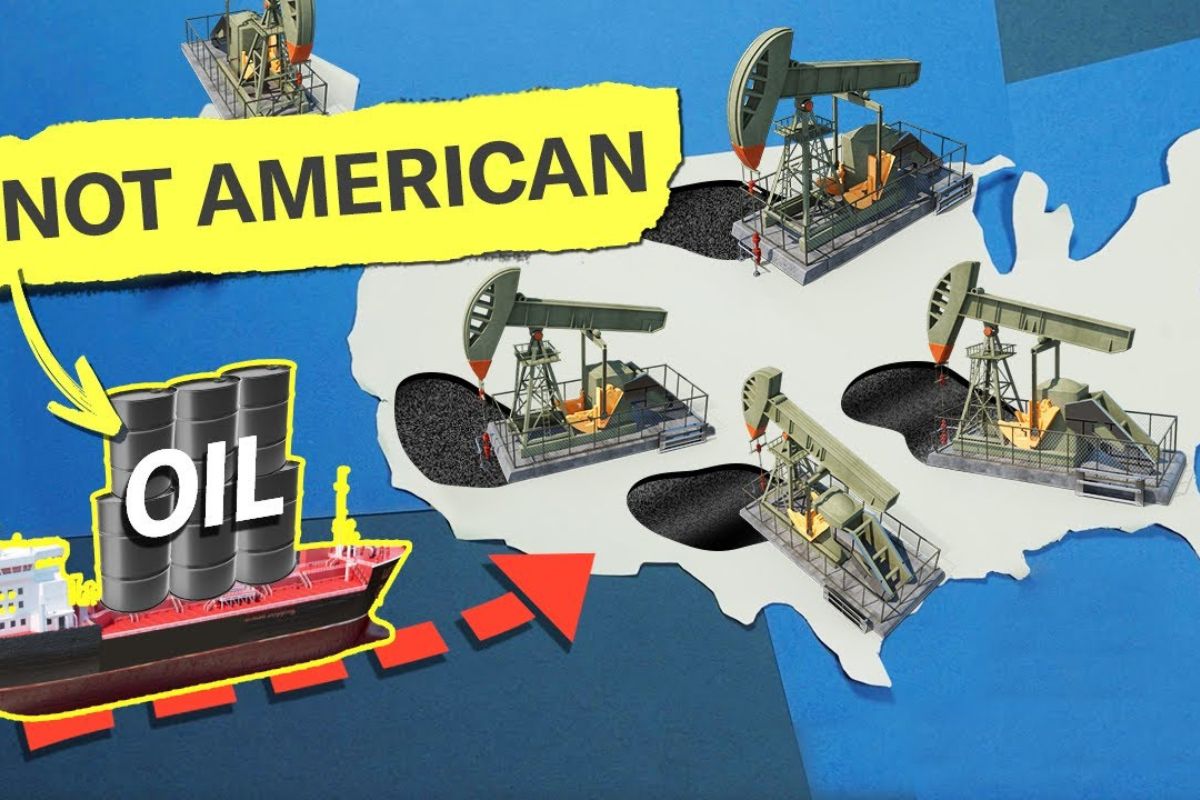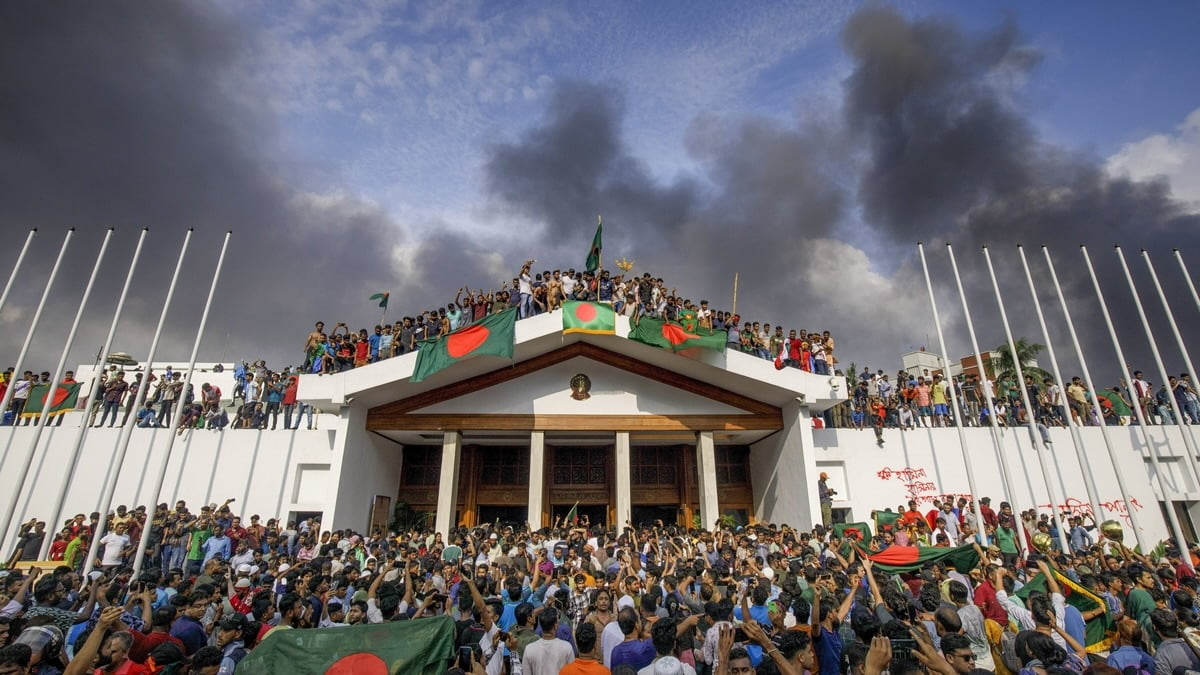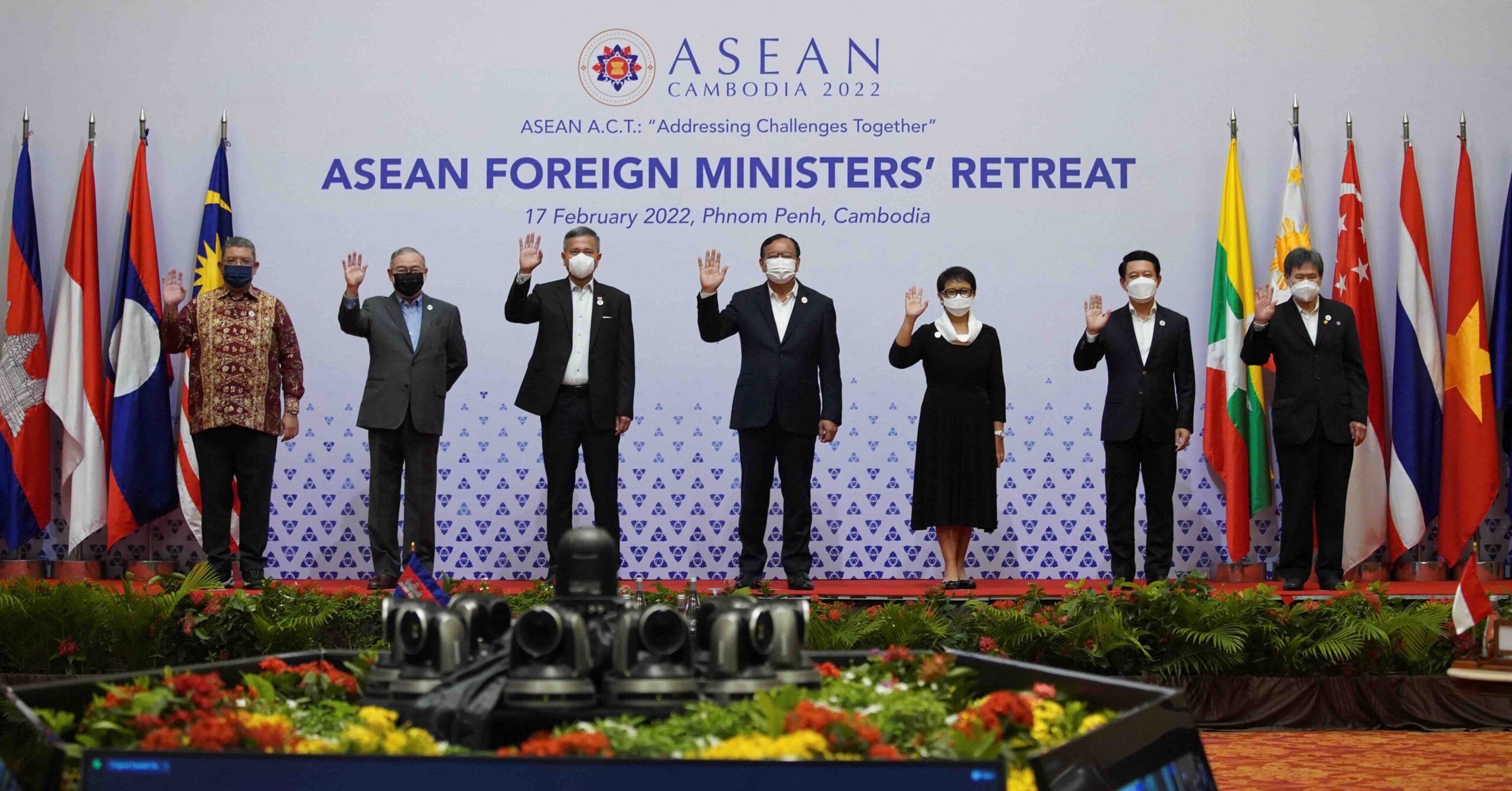The United States’ oil reserves, particularly the Strategic Petroleum Reserve (SPR), have played a crucial role in the nation’s energy security strategy since its establishment in 1975. The SPR, located in underground storage facilities in Texas and Louisiana, serves as a vital emergency stockpile of hundreds of millions of barrels of oil, ready to be utilised in times of crisis. Over the years, the U.S. government has maintained this reserve to shield the country from energy disruptions caused by various events, such as natural disasters, military conflicts and geopolitical tensions. However, recent debates and legislative actions, like the No Emergency Crude Oil for Foreign Adversaries Act introduced by Senator Ted Cruz, have brought to light concerns about the strategic objectives and political means behind the United States’ decision not to fully tap into its own oil reserves.
This article delves into the complexities surrounding the utilisation of U.S. oil reserves, exploring the strategic, political, and economic factors that influence this critical aspect of the nation’s energy policy.
Strategic Objectives
Image Credit – Morning Brew via YouTube.
About the Author
Mahima Sharma is an editorial staff at The Viyug. She is a research analyst at the Global Strategic & Defence News. She holds a Bachelors degree in Political Science from Panjab University.



